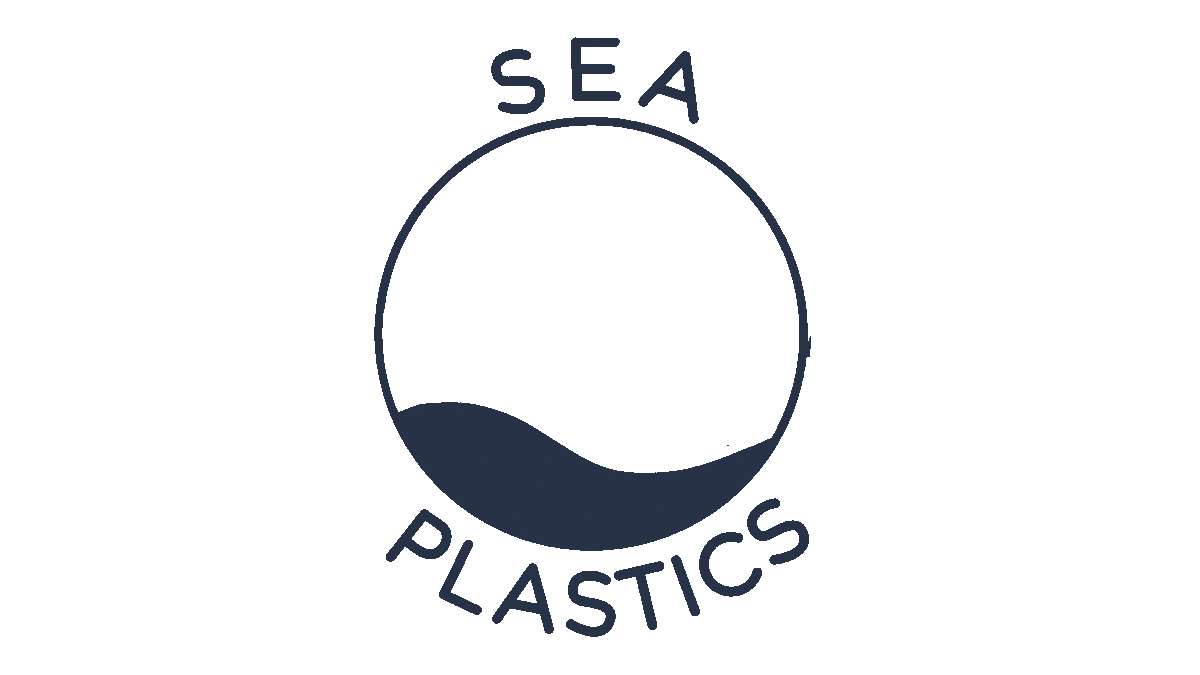#FridayScience 3
Tous on Fridays, we popularize one or more studies on microplastics in the Mediterranean.
Studying micro-plastic pollution in paddle surfing
- an inexpensive and environmentally friendly approach
In order to be able to study micro-plastic pollution in the waters of beach bathing areas , close to highly urbanized areas, cc781905-5cde-3194-bb3b-136bad5cf58d_and not accessible by sailing boat nor engine, an innovative system has been invented to drag a Manta net using a paddle surf board .
This system called "Paddle Trawl" was invented by a student in Marine Sciences at the University of Barcelona. In collaboration with the Surfrider Barcelona Foundation, an awareness and scientific research project was launched in which paddle-surfing volunteers contribute to the collection of micro-plastic samples

The first sampling study of the beaches adjacent to the Barcelona metropolitan area with the "Paddle Trawl" has just been published and reveals alarming results._cc781905-5cde -3194-bb3b-136bad5cf58d_
Micro-plastics are very abundant in these coastal areas and represent 84% in abundance of the plastics collected.
Among the plastic polymers, polyethylene is by far the most abundant and represents 64% of the plastics collected. Polyethylene is found in plastic bags, plastic water bottles and diapers.

Bibliography :
[1] Camins, E., de Haan, WP, Salvo, VS, Canals, M., Raffard, A., & Sanchez-Vidal, A. (2020). Paddle surfing for science on microplastic pollution. Science of The Total Environment, 709, 136178.
Synthesis: Aitor Fernandez, Clea Abello
GUI: Aitor Fernandez, Benjamin Pannetier
©SEAPLASTICS
